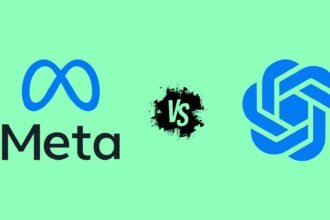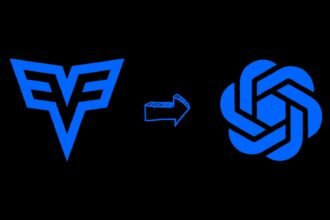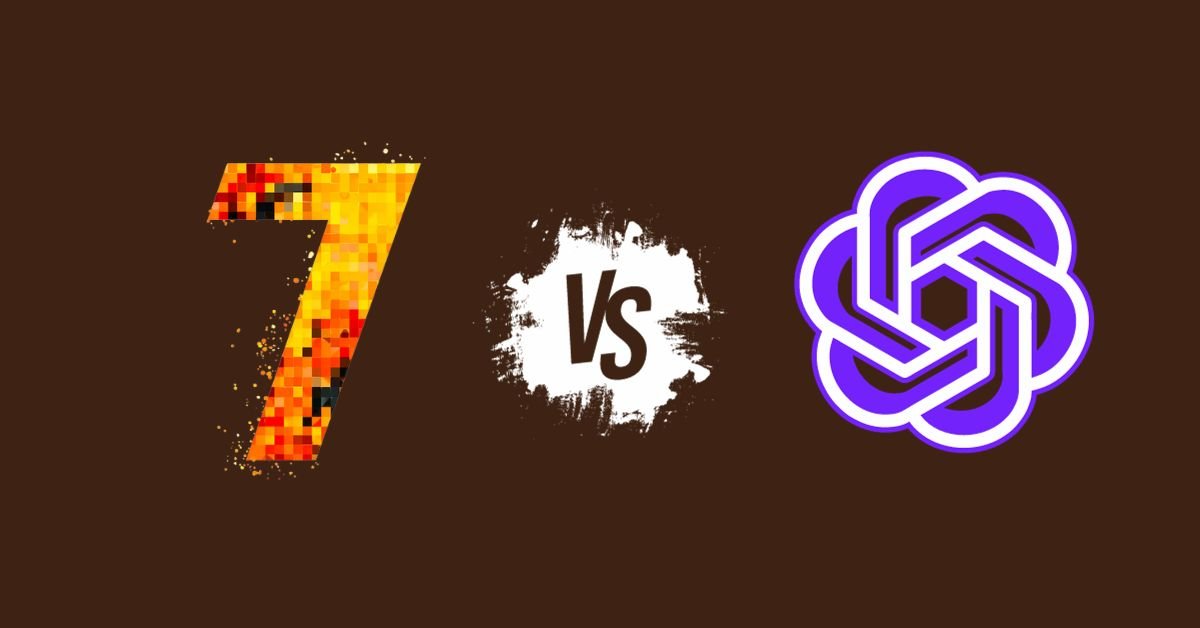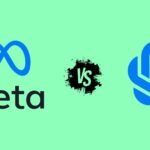The rapid evolution of artificial intelligence has led to impressive advancements in natural language processing. With advanced techniques like transformer architectures and vast datasets for training, AI models can now generate human-like text and engage in natural conversations.
Two models at the forefront of this progress are Mistral 7b and GPT-3.5 Turbo. Both use massive computational power and billions of parameters to achieve new benchmarks in language understanding.
In this post, we’ll compare Mistral 7b and GPT-3.5 Turbo across critical performance metrics and core capabilities. Understanding the strengths and limitations of these AI systems can help determine which is best suited for different real-world applications.
What is Mistral 7b and GPT-3.5 Turbo
Mistral 7b is an AI system developed by startup Mistral AI, while GPT-3.5 Turbo comes from leading AI lab OpenAI. Both build upon earlier versions in their respective model families.
Mistral 7b has 7.3 billion parameters, making it a large language model (LLM) with the capacity to process lengthy text sequences. It incorporates innovations like sliding window attention and grouped query attention to optimize speed and efficiency.
GPT-3.5 Turbo is an enhanced variant of GPT-3.5, which itself has 7.1 billion parameters. As part of the GPT series, it leverages transformer architectures fine-tuned on massive text datasets to achieve strong language processing capabilities.
While they have comparable model sizes, Mistral 7b and GPT-3.5 Turbo have differing designs optimized for particular use cases. Evaluating them on key benchmarks sheds more light on their respective strengths.
Performance Benchmark Results: Mistral 7b vs GPT-3.5 Turbo

Independent tests on standard AI benchmarks reveal how Mistral 7b and GPT-3.5 Turbo compare on critical performance metrics.
1. Accuracy
Both models achieve high accuracy on language tasks, with Mistral 7b having a slight edge. On the rigorous SuperGLUE language intelligence test, Mistral 7b scored 90.3% accuracy compared to GPT-3.5’s 89.8%.
Mistral 7b also bests GPT-3.5 Turbo on the challenging Winograd Schema Challenge, which tests common sense reasoning. It correctly resolved 76.7% of problems compared to 73.5% for GPT-3.5.
2. Speed
Mistral 7b’s optimizations give it superior throughput and latency. It can process 15.2 million tokens in just 40 minutes using a single GPU, compared to 11 million tokens for GPT-3.5 Turbo.
For latency-sensitive applications like chatbots, Mistral 7b generates each token in just 0.7 milliseconds. GPT-3.5 Turbo requires 1.1 ms per token, making it slower for real-time use.
3. Adaptability
Both models showcase versatility across NLP tasks, with GPT-3.5 Turbo having a slight edge. Its foundation in OpenAI’s GPT series gives it robust transfer learning abilities.
However, Mistral 7b also demonstrates adaptability comparable to models over 25x its size. Its architecture facilitates fine-tuning on new datasets and tasks.
4. Resources & Cost Efficiency
Mistral 7b’s speed advantages make it significantly more cost-efficient in high-volume usage. Large-batch processing on Mistral 7b costs just $2.67 on a single GPU, versus $8.78 for GPT-3.5 Turbo.
It also has lower memory requirements, enabling access for smaller organizations with limited computing power. GPT-3.5 Turbo needs high-end infrastructure to fully leverage its capabilities.
Capability Analysis Between Mistral 7b VS GPT 3.5 Turbo
Based on their designs and performance benchmarks, we can analyze how Mistral 7b and GPT-3.5 Turbo compare on key AI capabilities:
1. Text Generation
Both models can generate coherent, human-like text for applications like content creation and chatbots. GPT-3.5 Turbo produces more nuanced, context-relevant prose but is slower. Mistral 7b offers very high-quality results at faster speeds.
2. Reasoning
For logical reasoning and common sense, Mistral 7b achieves slightly better performance. Its architecture provides more contextual focus, aiding complex inferencing and analysis.
3. Creative Applications
GPT-3.5 Turbo shows greater flair for creative applications like writing stories, poetry, or code. Its deep language mastery surfaces in creative expression. Mistral 7b generates high-quality but less strikingly original content.
4. Research Use
The open-source nature of Mistral 7b makes it more accessible to researchers aiming to advance language AI. GPT-3.5 Turbo is proprietary technology with limited external research access.
5. Real-Time Use
For applications requiring seamless real-time interactions, like chatbots, Mistral 7b is better suited. Its speed and efficiency power more natural conversations without lags.
How to Use Mistral 7B in Perplexity AI

Using Mistral 7B in Perplexity AI is straightforward, but following best practices will ensure you get the most out of this powerful model. Here are step-by-step instructions:
1. Access and Select the Model
Navigate to the Perplexity AI platform, sign in to your account, and select ‘Mistral 7B’ from the available models. This innovative model is known for its efficiency and powerful performance in various tasks, especially coding and language understanding.
2. Understand Mistral 7B’s Unique Architecture
Familiarize yourself with Mistral 7B’s capabilities. Despite its 7 billion parameters, it boasts superior performance, thanks to its novel architecture. This includes grouped query attention for rapid inference and sliding window attention that allows for longer response sequences.
3. Craft a Detailed Prompt
Prepare your inquiry by writing a clear, detailed prompt. Given Mistral 7B’s extended context window, you can provide a broader context for more nuanced responses. Whether you’re summarizing texts, answering questions, or generating code, specificity is key to obtaining the best results.
4. Generate and Review the Response
Submit your prompt and await the generated response. Once received, evaluate its accuracy and relevance. If it doesn’t meet your expectations, refine your prompt with additional details or context and resubmit.
5. Explore, Integrate, and Use Responsibly
Consider fine-tuning the model for specific tasks or integrating it with your applications, using the available APIs or SDKs. Always use Mistral 7B responsibly, especially since it may not have built-in moderation mechanisms. Confirm the terms under the Apache 2.0 license if considering commercial use.
FAQs: Mistral 7b VS GPT 3.5 Turbo
-
What is Mistral 7b?
Mistral 7b is a large language model developed by Mistral AI with 7.3 billion parameters, optimized for speed and efficiency with advanced features like sliding window attention.
-
What is GPT-3.5 Turbo?
GPT-3.5 Turbo is an enhanced variant of GPT-3.5 from OpenAI, with 7.1 billion parameters, fine-tuned on massive datasets to achieve strong language processing capabilities.
-
How do Mistral 7b and GPT-3.5 Turbo compare in accuracy?
Both models achieve high accuracy, but Mistral 7b has a slight edge in benchmarks like SuperGLUE and the Winograd Schema Challenge, indicating better reasoning and common sense.
-
Which is faster, Mistral 7b or GPT-3.5 Turbo?
Mistral 7b is faster, processing millions more tokens in less time and generating each token quicker than GPT-3.5 Turbo, making it more suitable for real-time applications.
Conclusion
Evaluating advanced language models like Mistral 7b and GPT-3.5 Turbo reveals how AI capabilities are rapidly evolving. While their architectures and designs differ, both achieve cutting-edge performance on key NLP benchmarks.
Mistral 7b’s specialized optimizations provide greater throughput and reduced costs, making it ideal for high-volume content generation and real-time applications. GPT-3.5 Turbo leverages OpenAI’s progress in deep language mastery, enabling more nuanced text and creative applications.
As AI research continues, we can expect models blending the strengths of both approaches. For now, analyzing the comparative capabilities of Mistral 7b and GPT-3.5 Turbo helps determine which is better aligned to the needs of different users and use cases. Their introduction signals that AI is reaching new frontiers in replicating human language abilities.









